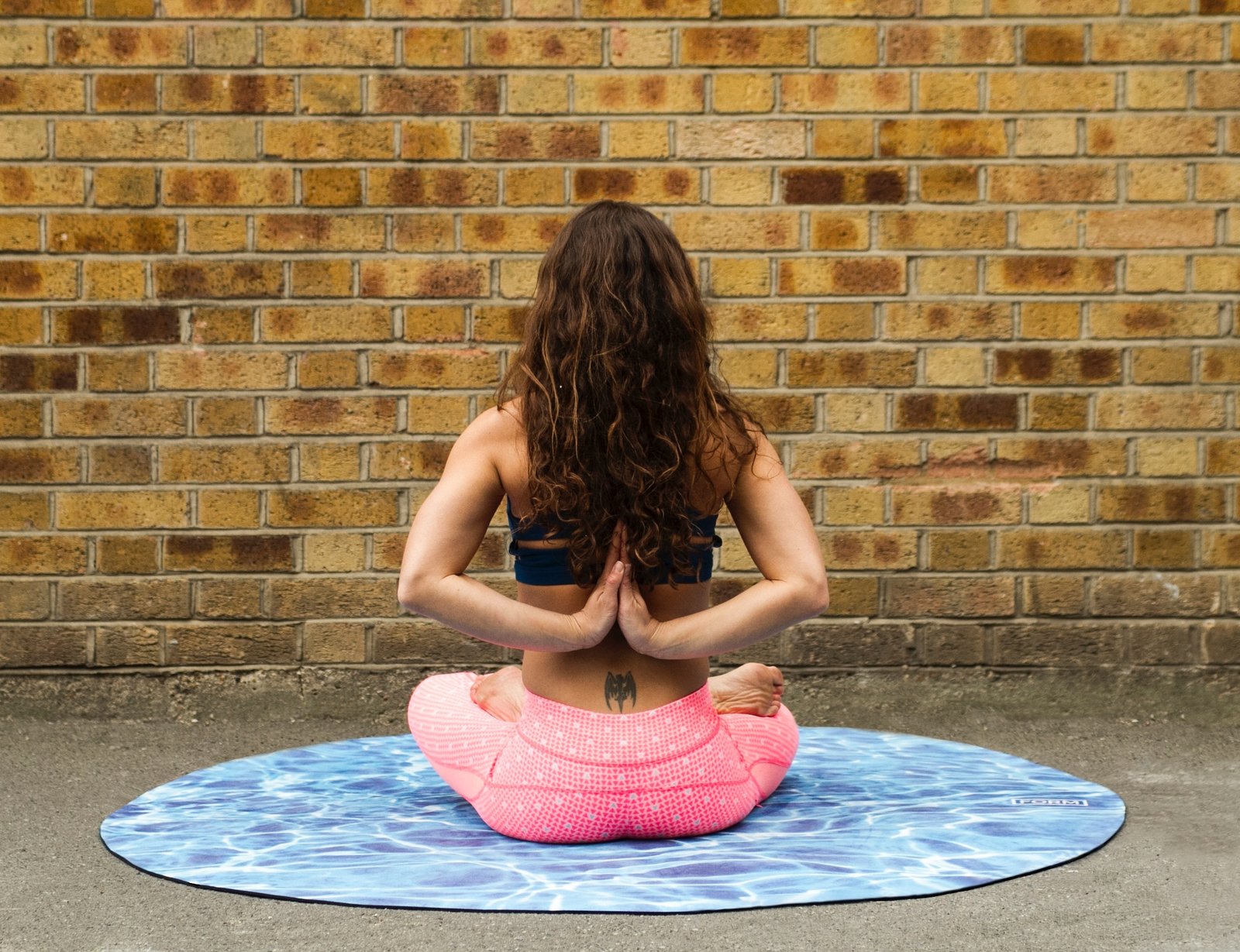Music and Its Positive Effects. To What Extent It is Beneficial for Health?
Benefits of Music

Music is a form of art and cultural activity and its medium is sound. Its main specific elements are pitch, rhythm, dynamics, and the sonic qualities of timbre and texture where pitch governs melody and harmony, rhythm and its associated concepts tempo, meter, and articulation, dynamics governs loudness and softness, and the sonic qualities of timbre and texture”.
Music as Source of Entertainment & Now A Therapy
Music has several forms and has been one of the biggest sources of entertainment from an early age. It is being used to express one’s thoughts and feelings by playing musical instruments or singing or both.
Besides this, music has also been used as a healing modality for centuries. Today’s music therapy began after WW2 when musicians played at Veterans Affairs (VA) Hospitals. The veterans showed positive response physically & emotionally.

Music Therapy
Music therapy has been defined by the American Music Therapy Association (AMTA) as “the clinical and evidence-based use of music interventions.
It is an active music-making that involves the patient and is not a performance.
While the effects of music on people are not fully understood, studies have shown that when patients hear music to his liking, the brain actually releases a chemical called dopamine that has positive effects on mood.

How music is beneficial for one’s health?
- Emotions: Music makes one feel strong emotions, such as, joy, sorrow, fear, and boldness. Through the thorough study is needed to confirm the potential health benefits of music, some studies suggest that listening to music can have positive effects on health.
- Lightens mood: Music helps to improve mood, reduces stress, lessens anxiety and improves memory.
- Effective During Exercise: It has also been proven to be beneficial to enhance the aerobic exercise, boost mental and physical stimulation, and increase overall performance. Music eases the pain of persons who listened to music before, during or while recovering from surgery.
- Comforts Patients Suffering From Deadly Diseases: Music also provides comfort to the patients who are fighting and/or are at the verge of life care. It helps them to communicate, get along and expressing their feelings such as loneliness, anger or fear.
- Helps in Retaining and Sustaining Memory: Music has also been helpful to people with Alzheimer’s to recall seemingly lost memories and helps them to maintain some mental abilities.
- Soothes Babies & Infants: Live music and lullabies impact vital signs, improve feeding behaviors and sucking patterns and may upsurge quite-alert states in premature infants.
- Helps Children Having Development Disorders: Last but not the last, is also helps children with Autism disorder. Social responses, communication skills, and attention skills in autistic children, who received music therapy, are seen being improved.
How Music Therapy Works?
There is also some evidence that shows that listening to music can boost immune system function. It works by decreasing stress hormones and increasing growth hormones.
By and by, there is a range of studies that link music to happiness and pleasure in multitudinous ways. Notwithstanding the differences in the individual studies, the scientific consensus on this matter is that music does stimulate the same areas of the brain that triggers pleasure in other activities.
Given the current state of the research, it is not known if music is any better at healing than other alternatives. Music is not the only way to relieve pain or reduce stress. The effects or results of music therapy vary from person to person. As it can work well on one but may not on the other.




